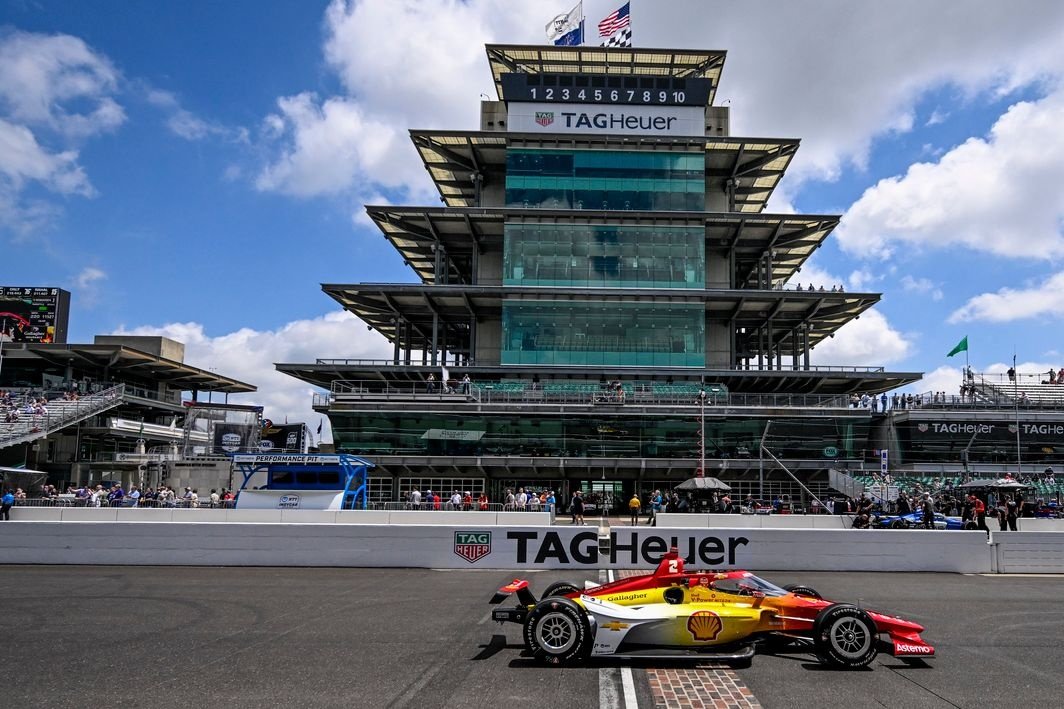The 2025 Indy 500: A New Era with Hybrid Technology
As the countdown begins for the 2025 Indianapolis 500, drivers and teams are gearing up for an unprecedented challenge. This iconic race, often referred to as the Greatest Spectacle in Racing, is not just about the speed and skill required on the 2.5-mile oval of the Indianapolis Motor Speedway. For the first time, competitors will face the significant influence of hybrid technology as they aim for victory.
In July 2024, IndyCar unveiled its new hybrid drivetrain at the Mid-Ohio Sports Car Course, marking a pivotal shift in racing dynamics. Since its introduction, this hybrid system has been tested across various racetracks, but the Indy 500 will be its debut on a superspeedway. This new factor brings a unique set of challenges for teams, requiring them to adapt their strategies for both qualifying and the race itself, which is set for May 25.
Understanding the Hybrid System
The hybrid system introduced by IndyCar is designed to enhance performance while adhering to modern sustainability standards. This system combines traditional internal combustion engines with electric power units, allowing for more efficient energy use. However, the integration of this technology comes with its own set of complexities.
Josef Newgarden, a two-time Indy 500 champion and driver for Team Penske, emphasizes that the most pressing concern is not just how the hybrid system performs, but the additional weight it brings to the cars. “The main reason the car feels different is not just the hybrid itself but the weight it adds,” Newgarden explained after a practice session. This added weight alters the car’s dynamics and requires teams to make significant adjustments to their setups.
The Weight Challenge
The hybrid system adds approximately 100 to 110 pounds to each car, a substantial increase that affects handling and tire performance. Newgarden elaborated on this, stating that the extra mass saturates the tires more, leading to altered behavior on the track. The center of gravity (CG) also shifts slightly, changing how the car feels during high-speed maneuvers. “When you add 100 pounds to a car, it’s almost like adding 250 pounds to a stock car. It’s a game-changer,” he noted.
Drivers must adapt to these changes quickly, as the Indy 500 is not just another race; it’s the pinnacle of the IndyCar season. Teams are diligently working to find the right balance in weight distribution, which will be crucial for optimizing performance on race day.
Hybrid Technology’s Unique Impact at Indy
While the hybrid system has been utilized on road courses and various oval tracks, Newgarden believes its effects will be most pronounced at the Indianapolis Motor Speedway. “The hybrid is vital here more than anywhere else because of the drag levels involved,” he stated. This track presents unique aerodynamic challenges that will affect how drivers can harness the hybrid power.
The low drag configuration at Indy means that power management will be critical. “Whenever you use something to add power, you’ll feel the impact here more than anywhere else,” Newgarden explained. The way drivers manage their hybrid energy during the race will be a determining factor in their success.
Strategic Use of Hybrid Energy
The strategic deployment of hybrid energy during the race will be crucial. Drivers will need to be astute in deciding when to use the hybrid boost for overtaking opponents or defending their position. Newgarden pointed out that how and when drivers choose to regenerate energy could have significant repercussions on their performance, especially in a closely contested race.
“Understanding where to regenerate energy and when to deploy it will be critical,” Newgarden said. This aspect of the race could very well determine the winner, particularly in the event of a nail-biting finish, a scenario that has become commonplace at the Indy 500.
Adapting to New Dynamics
As teams prepare for this new chapter in IndyCar racing, there is a palpable sense of urgency to adapt to the hybrid technology. The Indianapolis 500 is known for its high stakes, and the introduction of this new element only heightens the competition. Teams are utilizing every practice session to fine-tune their setups, focusing on weight distribution, tire management, and energy deployment strategies.
The drivers, too, must acclimate to the hybrid system, learning how it affects their driving style and the overall race strategy. With the added weight and the need for precise energy management, the skills required to navigate the track will be tested like never before.
Conclusion: The Road Ahead
With less than ten days until the race, the question remains: who will master the hybrid technology and emerge victorious at the 2025 Indy 500? The answer lies in how well teams and drivers can adapt to the challenges presented by this groundbreaking innovation. As they head toward the green flag, anticipation builds for what promises to be a historic event in motorsport history. The integration of hybrid technology at the Indianapolis Motor Speedway is set to redefine the future of racing, making the 2025 Indy 500 a must-watch spectacle for fans around the world.
